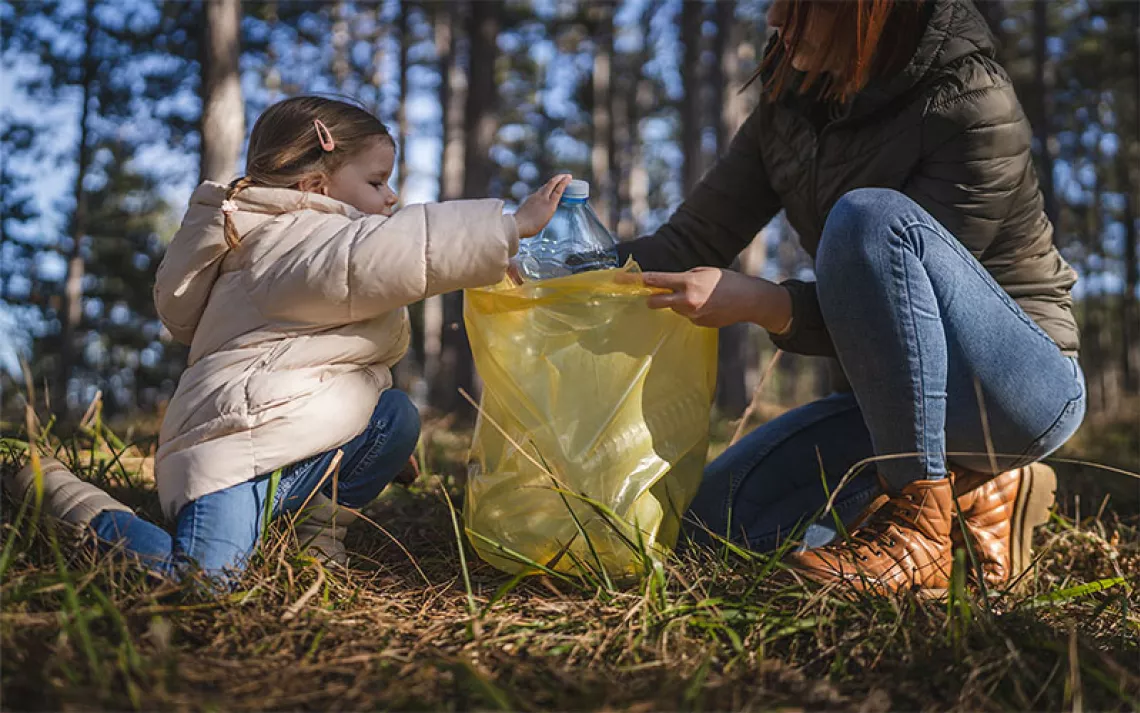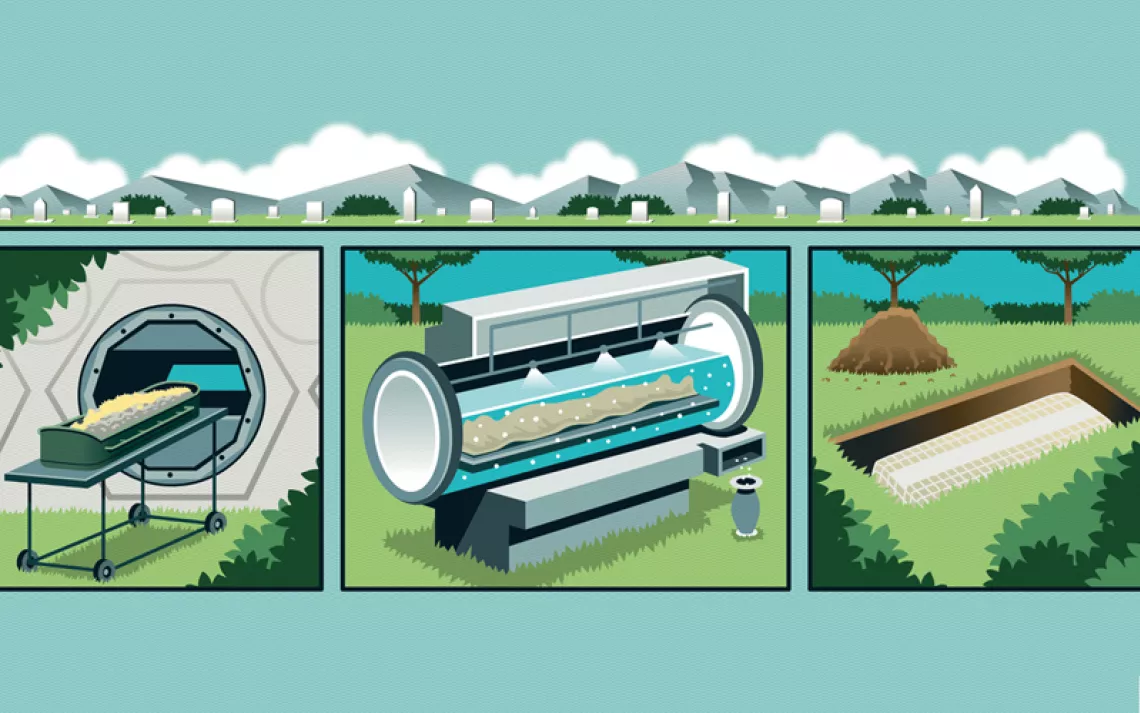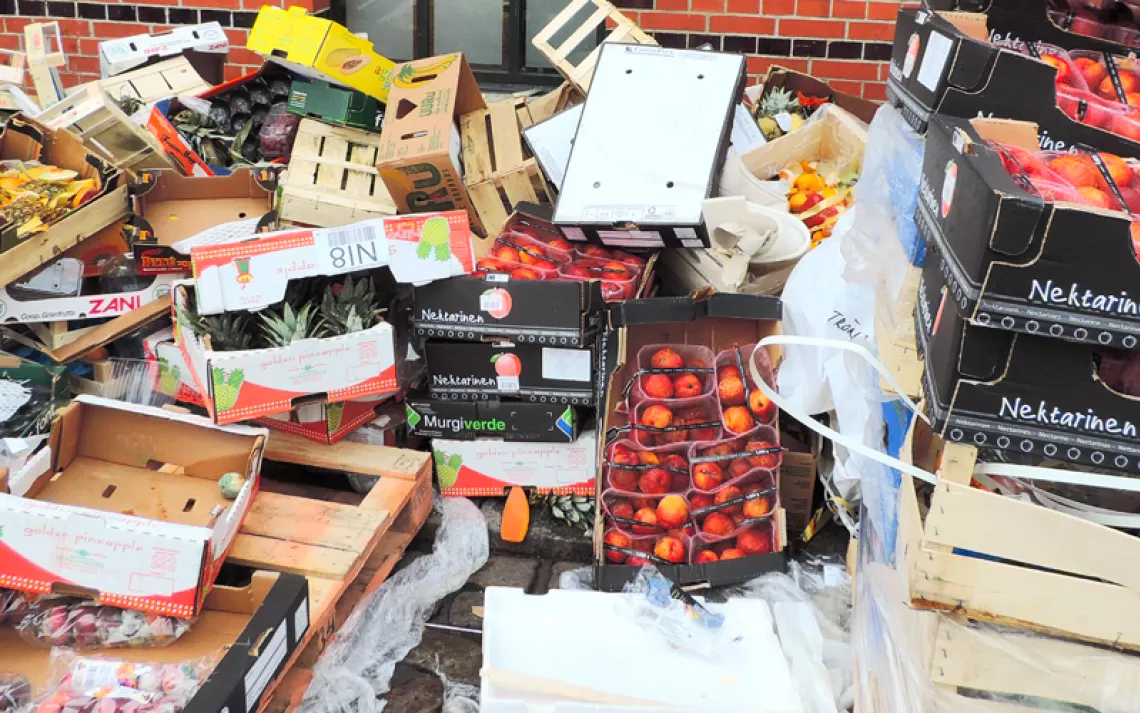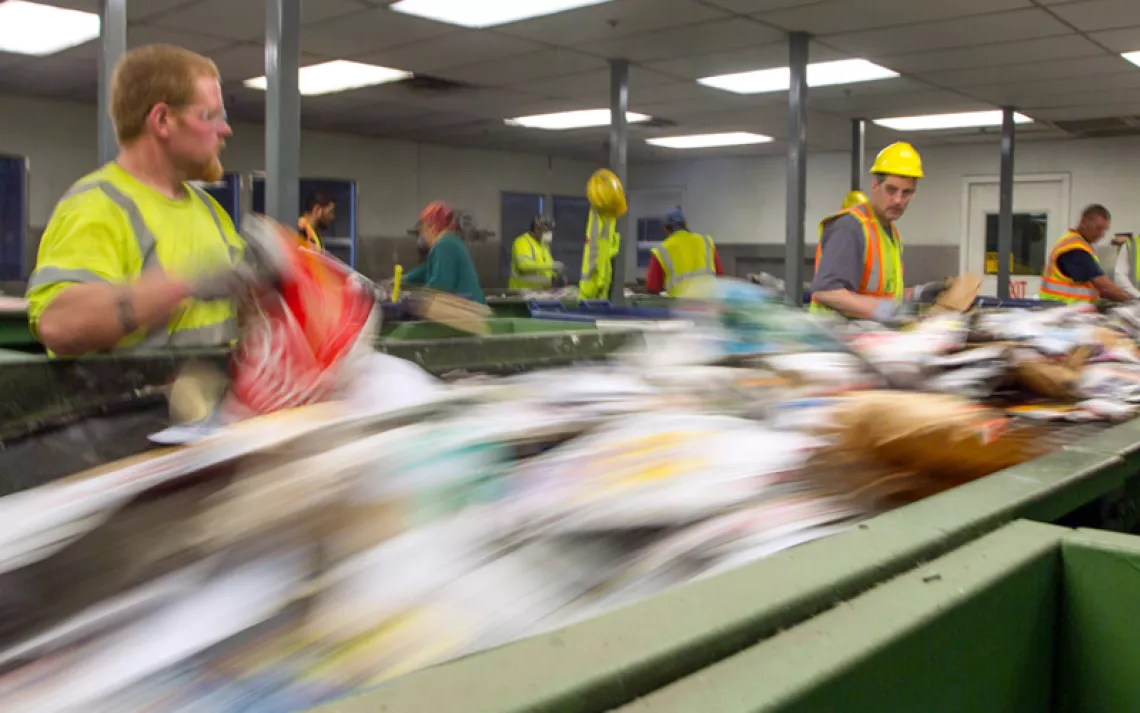What's Better for the Environment, Paper Bags or Plastic Bags?
Mr. Green dips into his cloth co-op bag for the answer
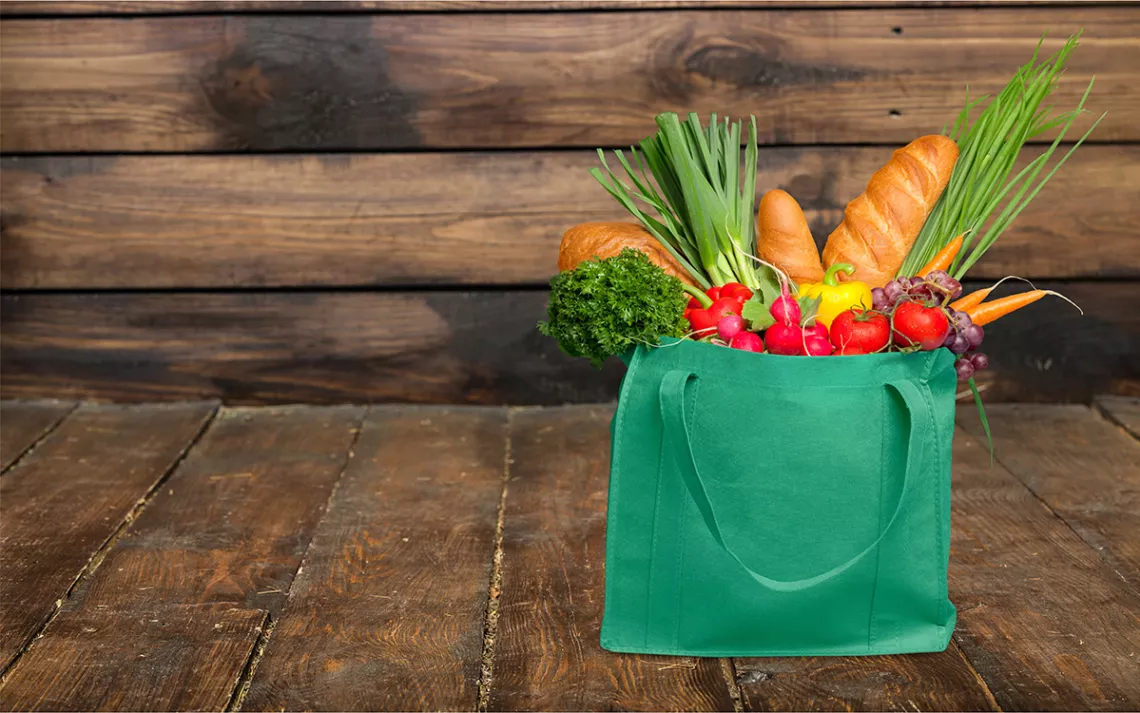
Photo by artisteer/iStock
Hey Mr. Green,
Q: Which is worse for the environment, paper bags or plastic bags? Our grocer just switched back to paper bags, but to me it just seems like more trees will need to be cut down to make all these paper bags. I know both are recyclable, but if I had to choose, I think I would choose plastic. Any ideas?
—Crystal in Duncan, British Columbia
A: Both kinds of bags are quite wasteful, and not really necessary since reusable bags are readily available. I’m still filling a cloth bag purchased from a co-op way back in 1981, before the grocery industry even woke up to the sheer waste of throwaway bags.
But if you do use ordinary bags, paper is probably better, for the simple reason that it is much more likely to decompose. Plastic can take years to disappear, and in breaking down, can release toxic materials. In California alone, 123,000 tons of plastic bags are tossed out each year, and a fair number end up as ocean litter. Some 80 percent of the total crud in the ocean comes from the land, and it has been predicted that, if the world fails to reduce its waste, the volume of plastic will exceed that of all the fish by 2050. The plastic is harmful to fish, turtles, and other aquatic life.
In the past 15 years, humans created more than half of the well over 9 billion tons of plastic we’ve manufactured. The whole world made less than 2 million tons of plastic in 1950. By 2015, annual production exceeded 320 million tons, only 9 percent of which is recycled. We incinerate another 12 percent, while the remaining 79 percent simply piles up in landfills or in nature.
Plastic bags only started to appear in supermarkets in the mid-1970s, and they eventually grabbed 80 percent of the total bag market.
But there is hope. California passed a ban on plastic bags last year, following 150 of its cities that had already done so. A study in one county has already found an 80 percent reduction in single-use bags. Stores investigated in one county went from 50 million bags each year to just 10 million total—paper and plastic. The number of paper bags has dropped from 13 million to 8 million, while the number of plastic bags dipped amazingly, from 37 million to 2 million.
Keep in mind that not all bags are equal when it comes to determining which are greener. According to one study, you have to reuse a paper bag four times to reduce its carbon footprint to that of a single-use plastic bag; a heavy-duty plastic five times; a polypropylene type 14 times; and a cotton one 173 times. And of course, you don’t have to pay 10 cents each time you use it.
 The Magazine of The Sierra Club
The Magazine of The Sierra Club
